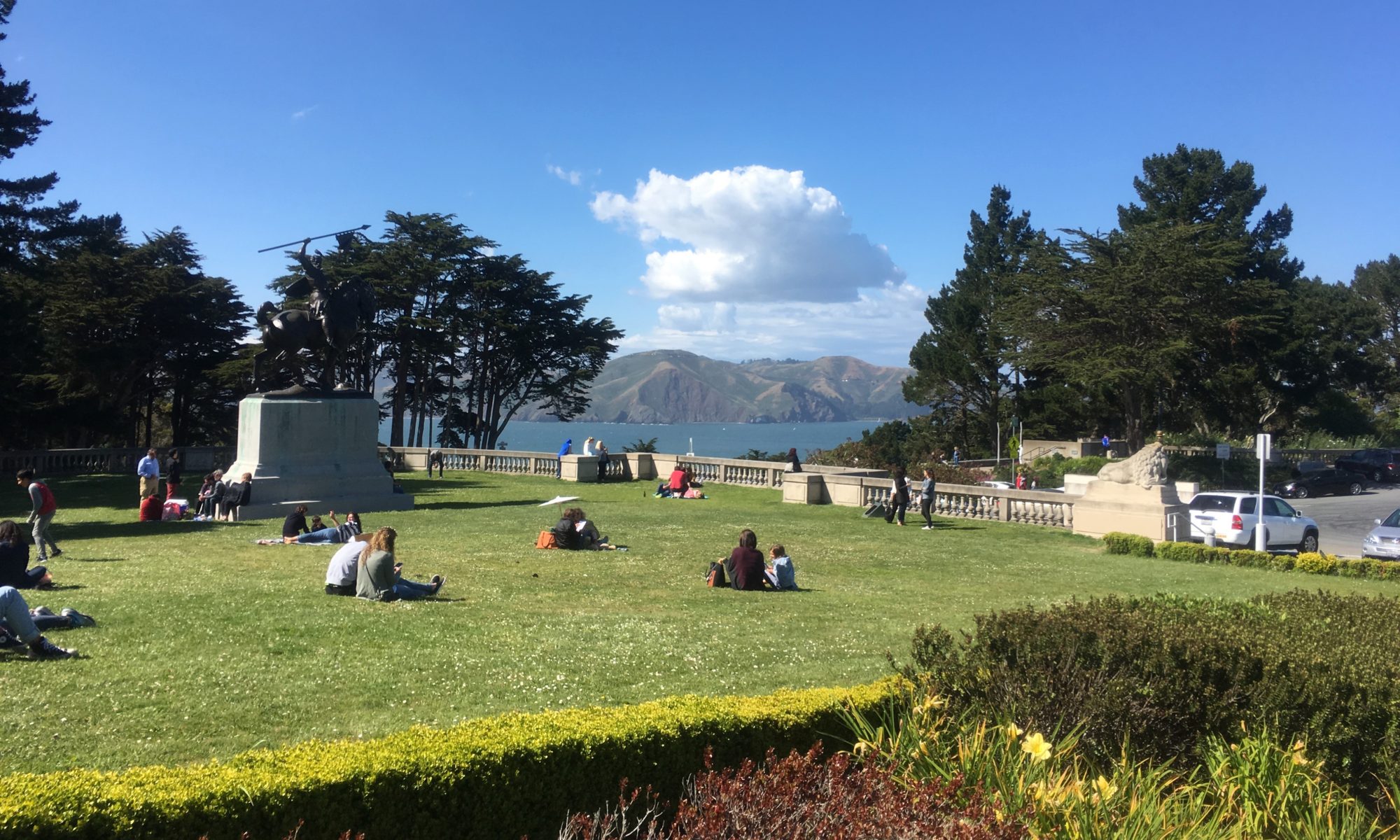: 48hills – excerpt
Most of the roughtly 100 participants at last month’s virtual meeting about a proposed development at 1458 San Bruno Avenue vehemently opposed the project. “For the people in the neighborhood, it seems like an alien spaceship is landing and completely gentrifying the neighborhood,” said one attendee, who didn’t disclose his name.
The Goode family has owned the property, located at the southern tip of San Bruno Avenue, abutting Potrero del Sol Park, since 1927. They want to build a stepped seven-story residential development; the portion closest to the park would be five stories, rising to seven at the furthest point. The design hasn’t significantly changed since the proposal was last floated at a community meeting in 2019. The main difference is the number of units. Two years ago, plans reflected 205 homes: 122 studios, 83 two-bedrooms. The new scheme includes 232 units, with two additional one-bedroom units and one three-bedroom unit. The unit mix remains 60 percent one bedroom or smaller, 40 percent two bedroom or larger. However, Chris Goode, the family’s chief spokesperson, said the development could drop to 204 units to add space to allow for the maximum amount of parking, 51 spaces…(more)
I am sorry I did not make it to this meeting but I was out of town. My concerned neighbor, who gardens in Potrero del Sol told me about it. This project appears to have a rare case of a reasonable property owner, who is opon to dialogue. it seems the biggest problem with the area is the height creating shadows on one of the most popular neighborhood parks. And the ever present parking problems for the neighbors. Nevertheless, this one is friendlier than most. We have hopes for an amicable outcome. Larger family-size units might be nice for a change. Too bad they don’t count bedrooms instead of units. That would clear up the problem of micro units and reduce the number bathrooms and kitchens, cutting some of the expense.
